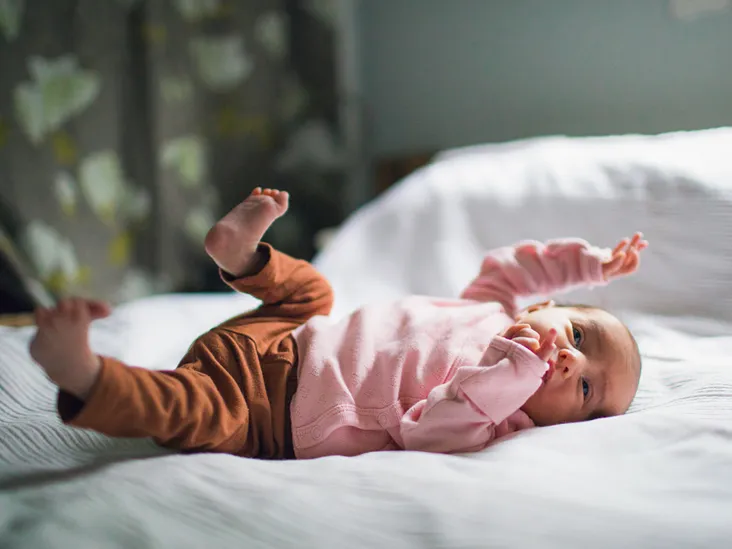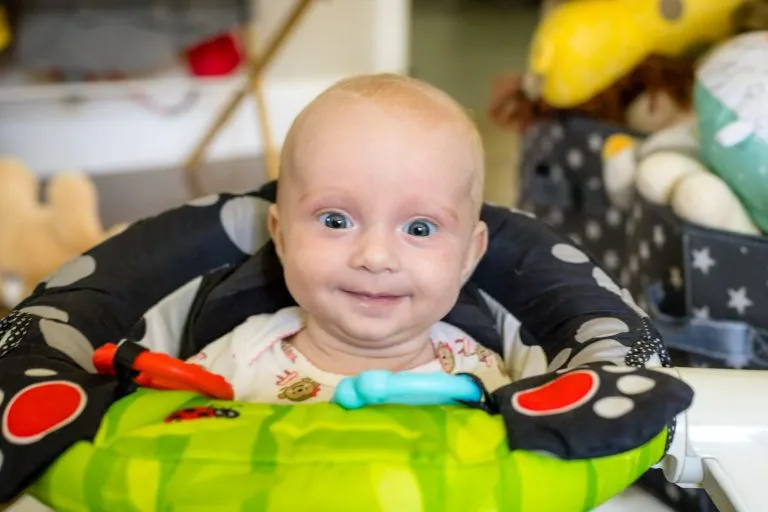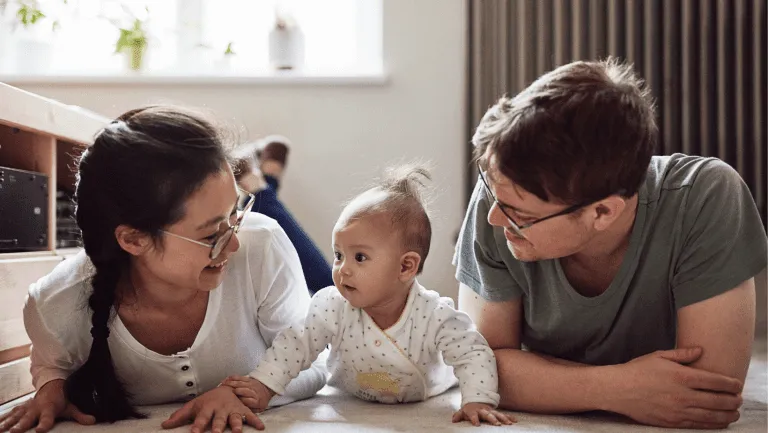5 Exercises in Physical Therapy for Low Muscle Tone (Hypotonia).
What is Hypotonia?
Hypotonia (or hypotonicity) is a medical term that refers to abnormally low muscle tone. Muscle tone refers to the stiffness and tension in ones body at rest. Some doctors compare muscle tone to a rubber band at rest. A rubber band with good resting tension will keep its round shape when placed on a table. In contrast, a “floppy” rubber band will twist or collapse when placed. Children and babies with hypotonia (low muscle tone) often put more effort into proper movements. This can lead to delays in fine motor, gross motor, and speech skills. Occupational and physical therapy are the main treatment options for most children. Therapy will focus on milestone achievement and proper movement patterns and habits as your child continues to grow and develop.
Hypotonia: What causes it?
Muscle tone is evidenced by a state of partial muscle contraction even when the muscle is not actively and intentionally in use. It is important for posture and position maintenance as well as providing baseline tension for when your child is ready to move. Muscle tone is based on a complex relationship between our brain and muscles.
Hypotonia: Signs and symptoms of low muscle tone in babies and toddlers
Hypotonia is characterized by a limp or floppy appearance. Babies may have difficulty during Tummy Time due to increased difficulty with head control. Toddlers may develop a W-sitting habit or have difficulty sitting up for long periods of time. Older children will often pronate at their ankles, causing difficulty with balance and flat feet. Hypotonia in children can cause clumsy and inefficient movements, hand-eye coordination problems, and a lower endurance when compared to peers.
Exercises that can help treat hypotonia/low muscle tone in babies, toddlers, and children:
Children with low muscle tone benefit from extra strengthening to support joints and promote ease with movement. Try these activities at home to incorporate strengthening into play:
Quadruped/Hands and Knees
- Alternating hands to give your child high fives while on all fours
- Crawling obstacle courses: crawl over pillows, army crawl low to the ground, and crawl on/off ramps and steps
Squats
- Sit and stand hands-free from a bench
- Squat to retrieve preferred toys from floor (try puzzle pieces for more repetitions!)
- Have your child stand on a pillow for an added challenge!
Kneeling
- Tall kneeling on both knees
- Half kneeling with one foot in front
- Add a pillow to the floor for more balance and difficulty!
Prone Extension
- Superman: lay on your belly and raise your arms and legs, pretending to fly! Average times range from 18 seconds for a 4-year-old to 30 seconds for an 8-year-old
- Have your child place hands on the floor with their body on your legs, a yoga ball, or a small bench! Can they master a puzzle without tiring out?
Does my child need physical therapy?
Aside from exercise and strengthening, a physical therapist will take the whole-body approach to maximize your child’s potential. Treatments may include orthotics for proper foot alignment, stretching if your child has tightness from compensating for their “floppy” muscles, and therapeutic play to make sure your child has the appropriate use of their trunk, arms, and legs as it relates to coordination, safety awareness, and obstacle navigation! Speak to a physical therapist if you feel like your child is delayed, weak, or fatiguing easily – this could be due to low muscle tone, and we can help!
The Developmental Steps
Developmental Steps provides physical therapy for children from birth to age eighteen. To encourage active participation in the home, school, and community, we offer comprehensive assessments that are followed by personalized treatments.
Our goal is to make each child feel happy and able to function and interact with others at an appropriate age. Each child is encouraged and challenged by our supportive, playful, and fun environment.
Our clinicians share their therapeutic knowledge with families and caregivers. They provide step-by-step transfer exercises that enable our young patients to grow exponentially at home. We aim to establish strong, collaborative relationships with each child’s medical provider. We provide updates to all providers involved in each child’s care.
About the Author
Tamra Rutfield, PT, DPT has been a Physical Therapist since 2020, when she graduated from Northeastern University. She began working with adults in outpatient orthopedics, but quickly learned she was passionate for helping children develop gross motor skills that will shape their future. As a former gymnast, Tamra understands the importance of developing strength, flexibility, and coordination from an early age.





